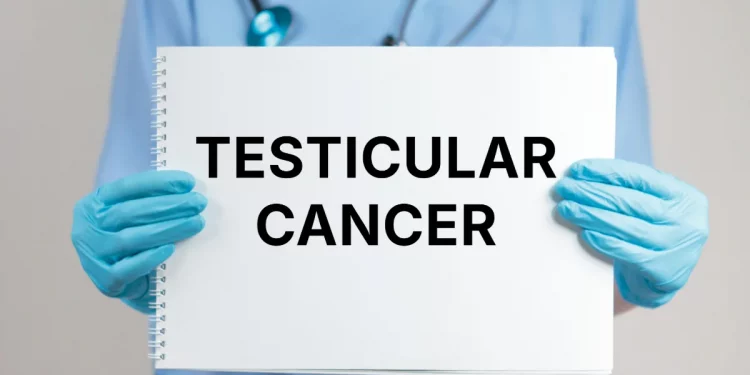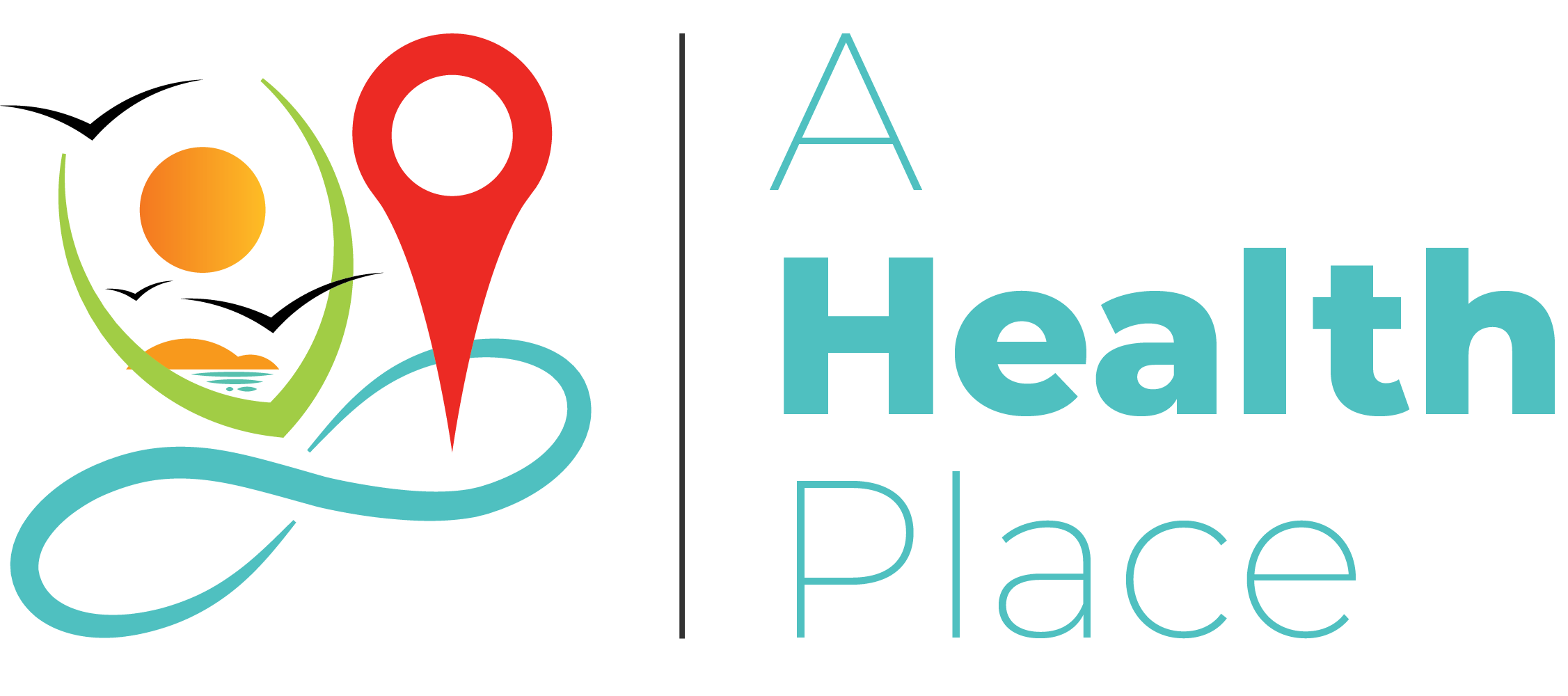When we talk about testicular cancer, the conversation often begins and ends with the mention of a lump. This common understanding, while partially true, creates a significant blind spot. Many men mistakenly believe that if they don’t feel a distinct, painful mass in their testicle, they’re completely in the clear. Unfortunately, this dangerous misconception can lead to delayed diagnoses, turning a highly curable cancer into a more complex challenge.
This blog post aims to shed light on the often-overlooked symptoms of testicular cancer, empowering you with the comprehensive knowledge needed to protect your health. We’ll explore the subtle cues your body might be sending, why these symptoms are often missed or dismissed, and the critical importance of proactive self-awareness.
The Dangerous Myth: “If It Doesn’t Hurt, It’s Not Cancer”
Let’s address the most prevalent and harmful myth head-on: the idea that cancer must be painful. For many types of cancer, including a significant number of testicular cancer cases, pain is not an initial symptom. In fact, many testicular tumors are entirely painless.
This widespread belief often prevents men from seeking medical attention. They might notice a change, but because it’s not causing them discomfort, they rationalize it away, assuming it’s benign or will resolve on its own. Breaking free from this mindset is the first step toward proactive health management.
Beyond the Obvious: Understanding the Subtle Symptoms
While a lump is a textbook symptom, it’s crucial to understand that testicular cancer can manifest in several other ways. These signs can be subtle, sometimes vague, and easily attributed to less serious conditions. Learning to recognize these often-overlooked indicators is key to early detection.
1) A Feeling of Heaviness or Fullness in the Scrotum
Imagine a persistent, dull ache or an uncomfortable sense of weight that wasn’t there before. Many men describe this as a “heavy” or “full” feeling in the scrotum. It’s not usually a sharp, acute pain, but rather a constant, nagging sensation that something just isn’t right. This feeling can be one of the earliest signs, indicating a change in the testicle’s density or size without necessarily forming a distinct, palpable lump. Because it’s not painful, it’s often ignored or dismissed as a minor discomfort, but it warrants immediate attention.
2) Dull Ache in the Lower Abdomen or Groin
The testicles are connected to the lower abdomen and groin area by a complex network of nerves. Therefore, it’s possible for testicular cancer to cause referred pain. This means the discomfort isn’t directly in the testicle but feels like a dull ache in the lower belly or groin.
This type of pain is often mistaken for a muscle strain, a pulled ligament, or even something digestive. However, if you experience a persistent dull ache in this region that doesn’t go away, particularly without a clear cause like an injury or heavy exercise, it’s vital to consider its testicular origin. Unlike acute pain from an injury, this ache might be constant or intermittent but generally doesn’t resolve on its own.
3) Swelling or Enlargement of a Testicle
Sometimes, testicular cancer doesn’t present as a distinct lump but rather as a general enlargement or swelling of one testicle. You might notice that one testicle has become noticeably larger than the other, or that it simply feels different—firmer or more swollen—than its counterpart.
This swelling can sometimes be due to a hydrocele, which is a collection of fluid around the testicle. While hydroceles are often benign, they can occasionally be a secondary symptom of an underlying issue, including cancer. Therefore, any new or unexplained swelling should be evaluated by a healthcare professional to rule out more serious conditions. It’s not just about feeling a hard lump; changes in overall size or consistency are equally important.
4) Pain or Tenderness (Even if Subtle)
While many testicular cancers are painless, it’s important to note that some can indeed cause pain or tenderness. This pain might be a sharp, acute sensation, or it could be a persistent, low-level discomfort. If you experience any new, unusual, or persistent pain in your testicles, do not dismiss it. While it could be due to a less serious condition like epididymitis (inflammation of the epididymis) or an infection, only a doctor can accurately diagnose the cause. Any pain or tenderness should prompt a medical visit, especially if it doesn’t resolve within a few days.
5) Breast Tenderness or Enlargement (Gynecomastia)
This symptom is less common but incredibly important to be aware of. In rare instances, certain types of testicular tumors can produce hormones, such as human chorionic gonadotropin (hCG), which can affect other parts of the body. Elevated levels of these hormones can lead to breast tenderness or even noticeable enlargement of the breast tissue (gynecomastia). While this symptom is not exclusive to testicular cancer, its presence, especially when combined with any other testicular changes, should be discussed with a doctor immediately.
6) Back Pain (A Later Sign)
Though not a primary or early symptom of testicular cancer originating in the testicle itself, persistent back pain can sometimes be an indicator that the cancer has spread. Testicular cancer commonly spreads to lymph nodes in the abdomen, which can then press on nerves in the back, causing discomfort. This is generally a sign of more advanced disease, but it’s a critical symptom to be aware of, especially for individuals already diagnosed or undergoing surveillance. If you’re experiencing unusual or persistent back pain, particularly if it’s new and doesn’t respond to typical remedies, it’s crucial to consult a doctor.
Why These Symptoms Are Often Missed or Dismissed
Understanding the symptoms is one thing; acting on them is another. Several factors contribute to these crucial signs being overlooked or ignored:
- Lack of Awareness: Simply put, many men are not educated about the full spectrum of testicular cancer symptoms. They’re often only aware of the “lump” and nothing else.
- Embarrassment and Stigma: The male reproductive organs are often considered a taboo topic. This reluctance to discuss or even self-examine the area can lead to profound delays in seeking help for changes that might otherwise be noticed.
- Mistaking for Other Conditions: A dull ache might be dismissed as a muscle strain from exercise, a heavy feeling as just fatigue, or swelling as an injury that will heal. While these can be the causes, persistent symptoms should never be ignored.
- “Man Up” Culture: A pervasive cultural attitude still encourages men to suppress pain and discomfort, to be strong and stoic. This can lead to a dangerous habit of ignoring bodily signals until they become too severe to ignore, at which point the disease may have progressed.
- Infrequent Self-Exams: Without regular self-checks, even subtle changes can go unnoticed for extended periods. A quick monthly self-exam can help men become familiar with what’s normal for their bodies, making it easier to spot deviations.
The Critical Importance of Early Detection
We cannot overstate this: early detection of testicular cancer is paramount. When caught in its initial stages, before it has spread beyond the testicle, the cure rate is incredibly high, often exceeding 95%. Early detection typically means less invasive treatment options, often involving only surgery to remove the affected testicle (an orchiectomy). This can potentially spare patients from more aggressive treatments like chemotherapy or radiation, which come with their own set of side effects and recovery challenges.
Conversely, delaying diagnosis can allow the cancer to spread to other parts of the body, such as the lymph nodes or even distant organs. While still treatable at later stages, the treatment becomes more complex, involving chemotherapy, radiation, or more extensive surgeries, and the prognosis, though still good, can be slightly less favorable.
What to Do If You Notice a Symptom
If you notice any symptoms like a lump, heaviness, ache, swelling, pain, or unexplained back pain/breast tenderness, schedule a doctor’s appointment immediately. Don’t panic or delay. Your primary care physician can conduct an initial exam and refer you to a urologist if needed. They may perform a physical exam, scrotal ultrasound, and blood tests for tumor markers. These non-invasive tests provide crucial information. It’s always better to get checked early. Understanding diverse symptoms beyond a lump empowers you for early detection. Prioritize self-awareness, listen to your body, and seek medical advice for any concerns. Your proactive approach can be life-saving.
Disclaimer
This blog post is for informational purposes only and does not constitute medical advice. Always consult a qualified healthcare provider for any medical concerns. Never disregard professional medical advice or delay seeking it based on information here. If experiencing symptoms, consult a medical professional immediately.








